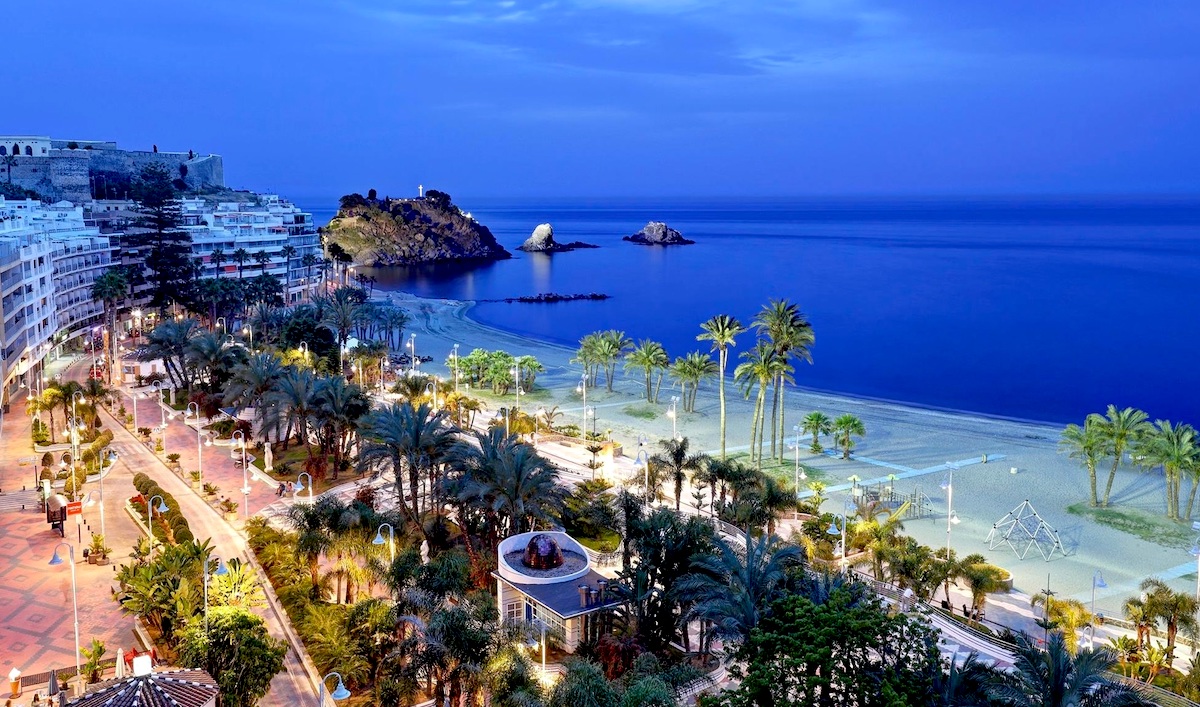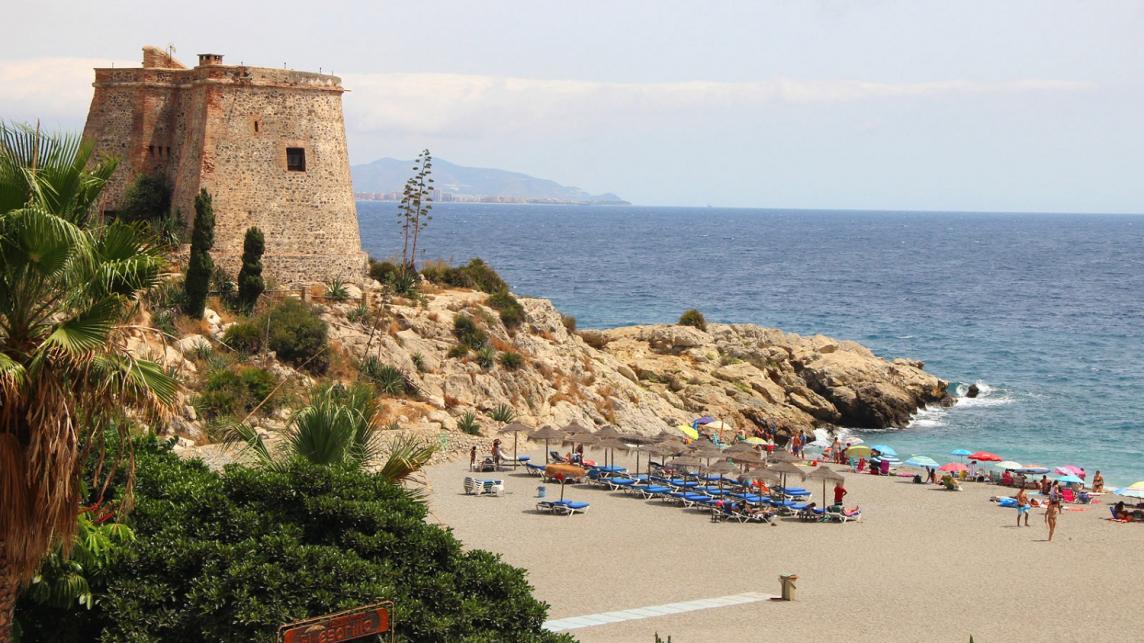The Romans came to southern Spain at the time of the Second Punic War between Rome and Carthage in 218 BC as part of their campaign to subdue the Phoenician settlements along the coast. During 700 years of Roman colonial rule the town and its industry prospered, and in 49 BC the municipality (one of 20 cities in Spain honoured at that time) was given the title Firmium Julium Sexi in recognition of the town’s loyalty to Rome.
Major evidence of the fish salting and curing industry was uncovered during excavations in the 1970s and 1980s in the extensive Majuelo Botanical Gardens. These revealed the great extent of the rebuilding and modernising of the industry under Roman influence. A segment of the site has been carefully conserved, giving some idea of the size of the industry. This industry required not only large quantities of fish and sea salt, produced in many places along the coast, but also a constant supply of fresh running water.
To meet this demand the Romans built in the 1st century AD four miles of water conduit in the valleys of the Rio Seco and the Rio Verde, including five significant aqueducts. All, remarkably, are still standing and four of them are still in use after 2,000 years – adapted by the Moors over the centuries to serve the needs of crop irrigation. The Roman water supply also served the town and recent excavations in the town centre have uncovered the fifth aqueduct and the Roman baths.
The Romans were probably the first to fortify the Castle of Saint Miguel, although frequent rebuilding has obliterated most of the very extensive Roman fortifications. These included a bridge from the castle to the ‘Peñon del Santo’ with a massive 100 foot (30 m) high arch that survived until at least 1800.
Just below the castle on the landward side is the ‘Cueva de Siete Palacios’, which translates as ‘Cave of the Seven Palaces’. However, it is not actually a cave, rather it is the largest remnant of a Roman palace yet found in Almuñécar, having survived for hundreds of years as ‘social housing’ until the ‘cave dwellers’ were re-housed in the 1970s. Only then did its true origins become apparent. It now houses the town museum.
Other important Roman remains in the district include a Roman bridge at Cotobro and Roman tombs in several locations.





